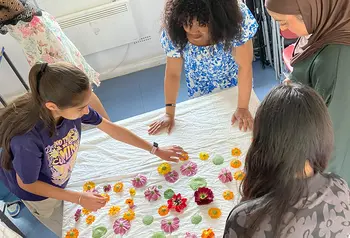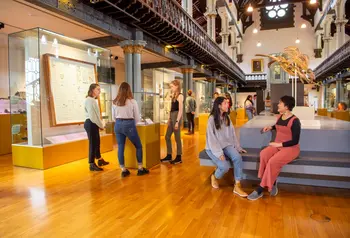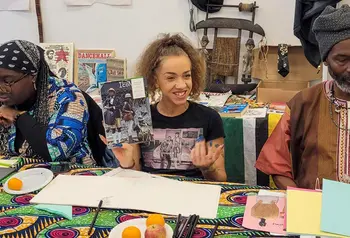Celebrating a Norfolk museum’s Punjabi roots
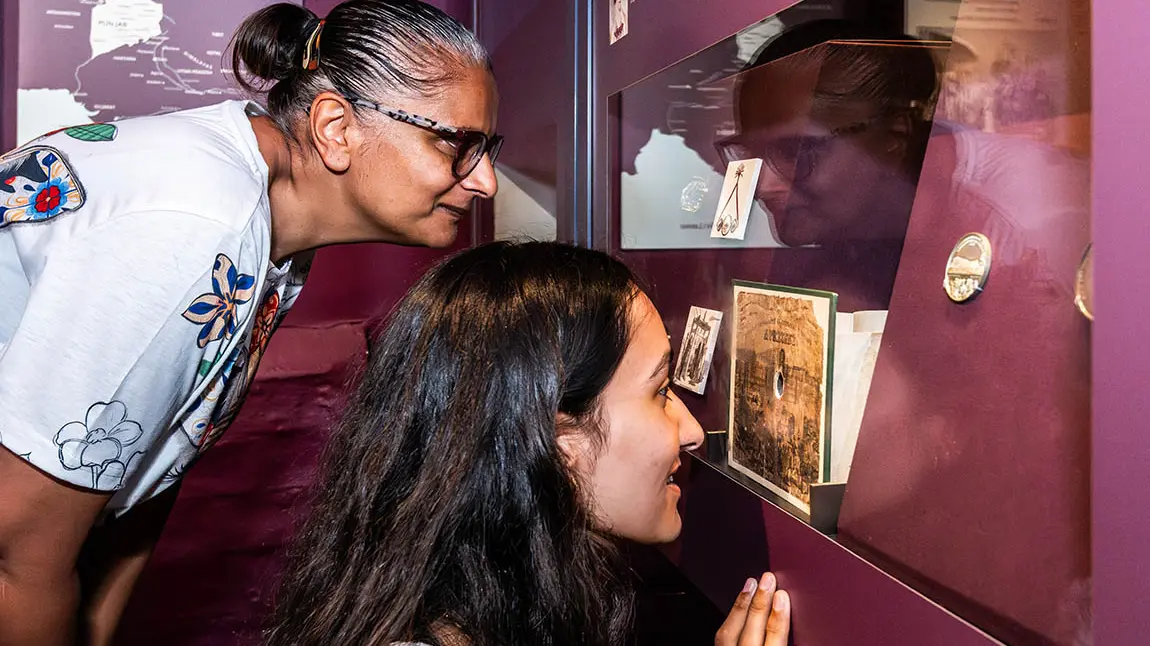
In 1921, Prince Frederick, the son of Maharajah Duleep Singh, gifted the early Tudor ‘Ancient House’ museum to the town of Thetford.
With the help of our £198,059 grant, Prince Frederick's Thetford Museum is now halfway through a three-year project to bring the Duleep Singh family’s story into the museum displays.
The work has been built on long-term collaboration between museum professionals, academic historians and community consultants. It’s connecting local history with worldwide stories of empire and identity, and empowering visitors to think differently about heritage they thought they knew.
Who were the Duleep Singh family?
Maharajah Duleep Singh was the last Sikh ruler of the Punjab. He came to power in 1843 at only five years old but was removed from the throne by the East India Company six years later and came to the UK as a teenager.
In England, he befriended Queen Victoria and moved to Elveden Hall, near Thetford. Here he married Bamba Müller and together they had six children.
Their son, Prince Frederick Duleep Singh, developed a strong interest in archaeology, architecture and local history, inspiring him to create the Ancient House museum.
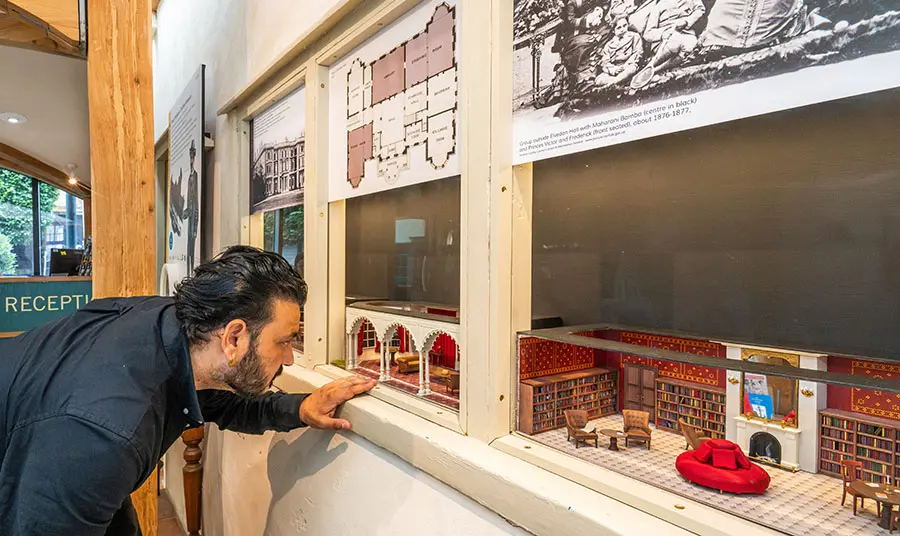
Local and global stories
“This project is an opportunity to tell the family’s story, but also to say something more about local history, British history and world history,” says Oliver Bone, Curator of Ancient House.
“We know so much more about this family and their contribution to the world than we did 20 or 30 years ago,” adds historian, biographer and consultant on the project, Peter Bance.
“It’s created a lot of interest in the family, especially amongst the Punjabi community.”
Dr Priya Atwal, historian and project consultant, agrees: “Second and third generation Sikhs and Punjabis, like myself, are especially intrigued by the story. It’s a way of establishing our roots going back beyond our parents or grandparents.”
With modern-day borders making access to original sites difficult, Priya says: “the museum has become a hot spot for people to learn more and a kind of pilgrimage site where everyone can gather, both locals and global diaspora communities.”
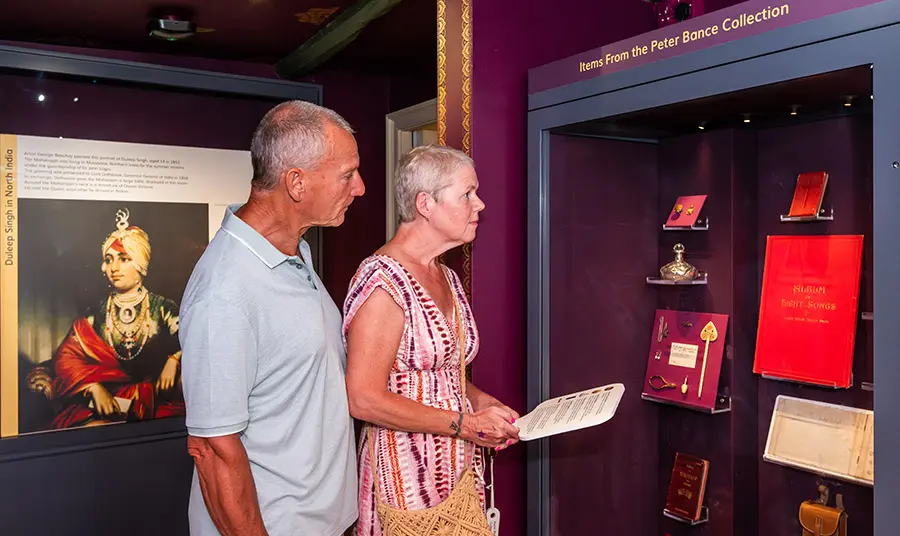
The museum’s unique place in the heritage of Norfolk and the Punjab offers powerful opportunities to demonstrate how local stories connect to global narratives.
“People from Punjabi heritage are finding resonance in the museum, but our local audience are finding that this is their Maharajah and their family too. The project is allowing us to explore how the history of empire becomes British history and local history,” says Melissa Hawker, Learning Officer at Ancient House.
Myth-busting in the museum
As well as celebrating the history and impact of the family, the collaborative project is also helping unpick fact from fiction.
“One of the biggest challenges we face is visitors coming with sometimes decades of mythology in their mind about who these people are and what they represent,” says Melissa.
“While we don’t want to disbalance something that’s very meaningful to people, the research we’re doing is helping gently challenge some of those myths.”
It’s a responsibility Priya takes seriously. “On the one hand there's an older generation who have grown up hearing this story in a particular way and then there’s a younger generation getting a lot of this content through social media that hasn’t been fact checked.”
Peter agrees that social media can pose challenges: “it’s such a fantastic platform for sharing history, but it has its downsides. We’re constantly fighting against false narratives. But projects like this are an opportunity to engage people and tell a truer story.”
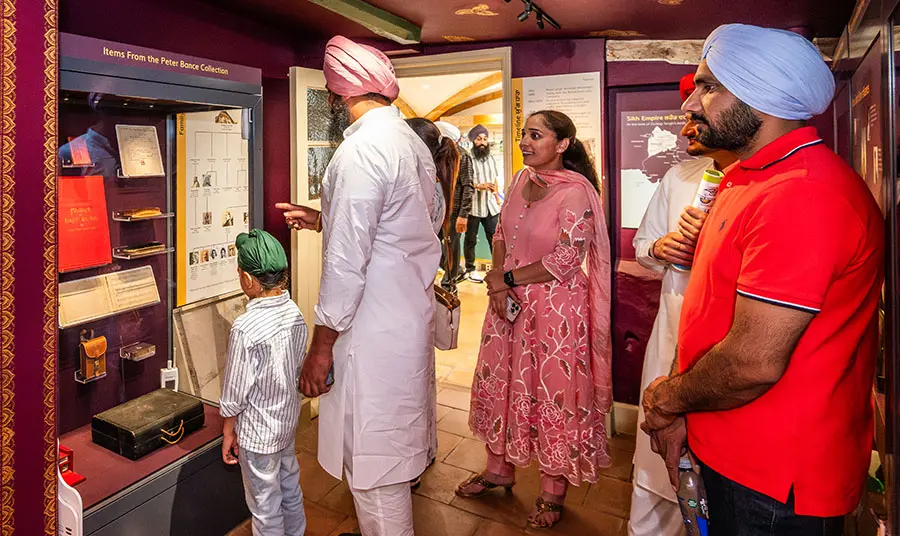
One strategy the team found particularly effective was an event where costumed characters around the museum presented visitors with different views on who Maharajah Duleep Singh was. Priya was on hand to give a historian’s perspective and guide visitors through the “messiness” of the family’s history.
“It was brilliant because it allowed people to engage in some quite complicated pieces of source material and information,” says Melissa.
And even when there aren’t special events on, visitors can still get close to the family through their personal items on display.
“The museum offers a public space for people to have these discussions and think about these stories on the spot with the real things in front of them,” Oliver says.
Find out more about Ancient House and the Duleep Singh family or explore other museum projects we’ve supported.
